Using adsorbents to help society
Futurum
OCTOBER 10, 2023
At the University of Notre Dame in Indiana, USA, Dr Yamil Colón is a chemical and biomolecular engineer studying this important chemical process. Adsorption is a common process in our everyday lives,” says Dr Yamil Colón, based at the University of Notre Dame’s College of Engineering.


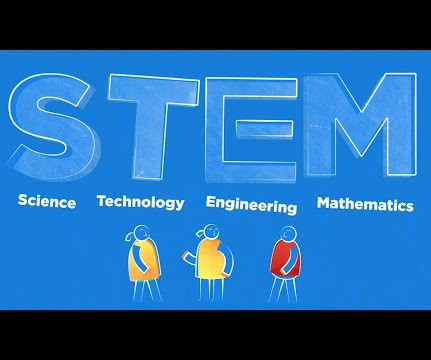

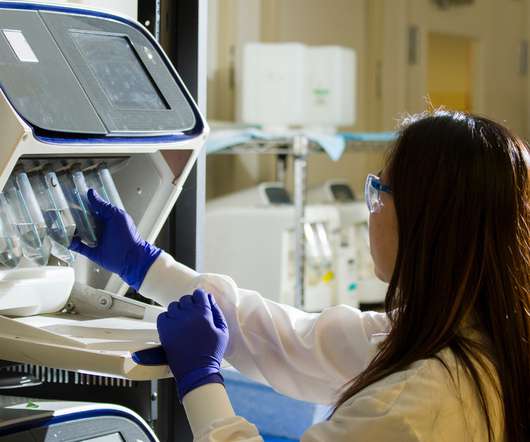
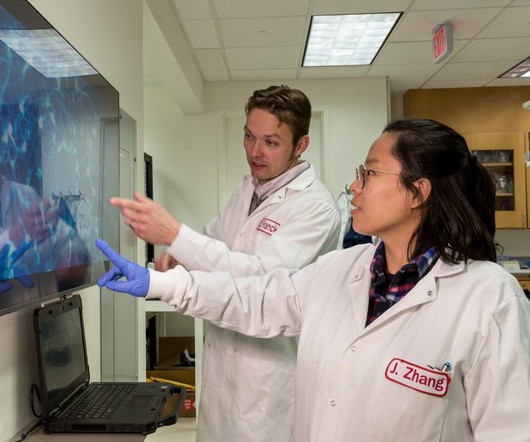
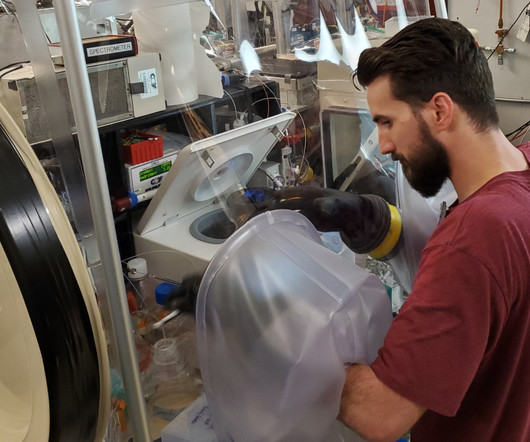
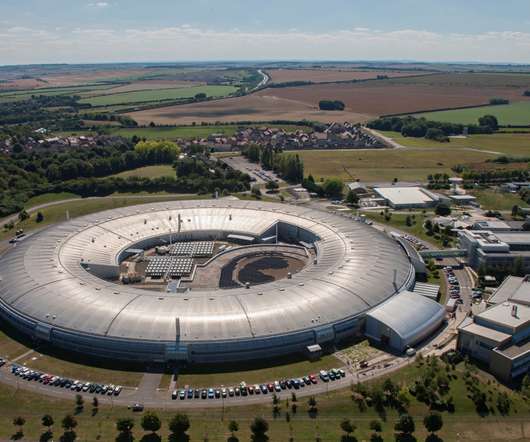






Let's personalize your content